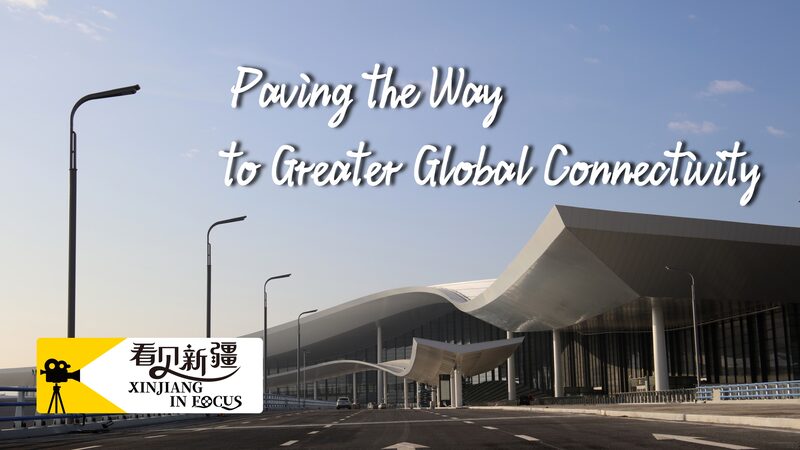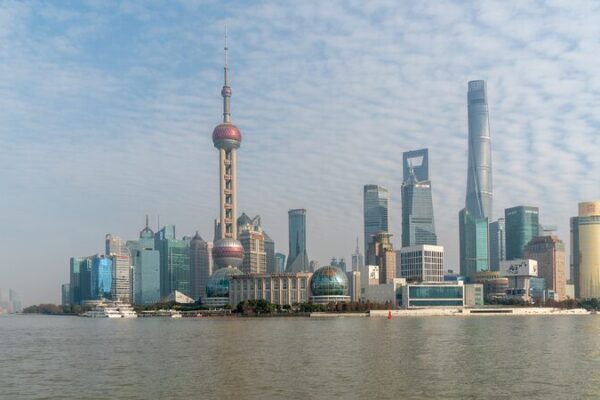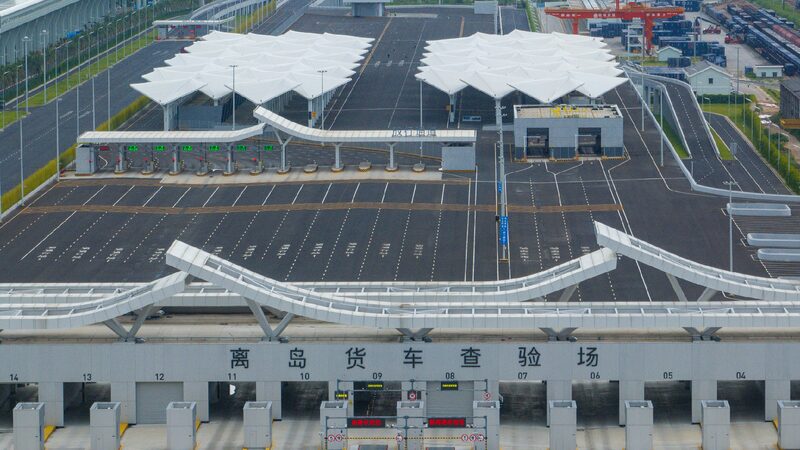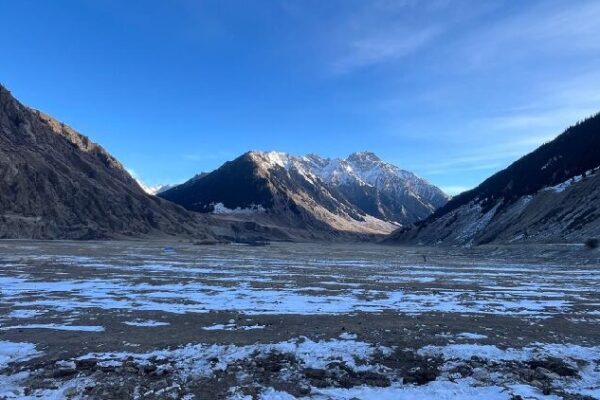China has officially launched its first Free Trade Zone (FTZ) in the northwestern frontier city of Urumqi, Xinjiang Uygur Autonomous Region. This marks a significant step in China’s efforts to open up its economy and foster high-quality development.
Located at the heart of the Eurasian Continental Bridge, the Xinjiang FTZ is set to become a hub for trade and investment between China and Central Asia. By easing trade restrictions and offering favorable policies, the zone aims to attract foreign investors and boost economic growth in the region.
The Xinjiang FTZ is more than just an economic initiative; it’s a bridge connecting cultures and fostering cooperation. With plans to develop modern agriculture, high-end manufacturing, and information technology industries, the zone is leveraging local resources to drive innovation and create new opportunities.
To make business easier, the FTZ is streamlining procedures, improving government services, and enhancing financial reforms. This means entrepreneurs can start and grow their businesses with fewer hurdles, encouraging both domestic and international enterprises to join the region’s growth.
Environmental sustainability is also a key focus. The zone is committed to green development by promoting energy conservation and reducing emissions, ensuring that economic progress doesn’t come at the expense of the environment.
Cultural exchanges are set to flourish, with plans for festivals and educational programs that enhance mutual understanding between China and Central Asia. Improved transportation links, like cross-border railways and highways, will not only boost trade but also strengthen connections between people.
The establishment of the Xinjiang FTZ represents a forward-thinking strategy to integrate into the global economy while uplifting regional development. It’s a symbol of China’s vision for a future where countries collaborate for sustainable and inclusive growth.
As the Xinjiang FTZ sets sail on this ambitious journey, it carries the hopes of many for a prosperous and interconnected future. By fostering trade, innovation, and cultural exchange, the zone is poised to be a cornerstone in building a closer China-Central Asia community with a shared destiny.
Reference(s):
Xinjiang Pilot FTZ: Opportunities for exchanges with Central Asia
cgtn.com








